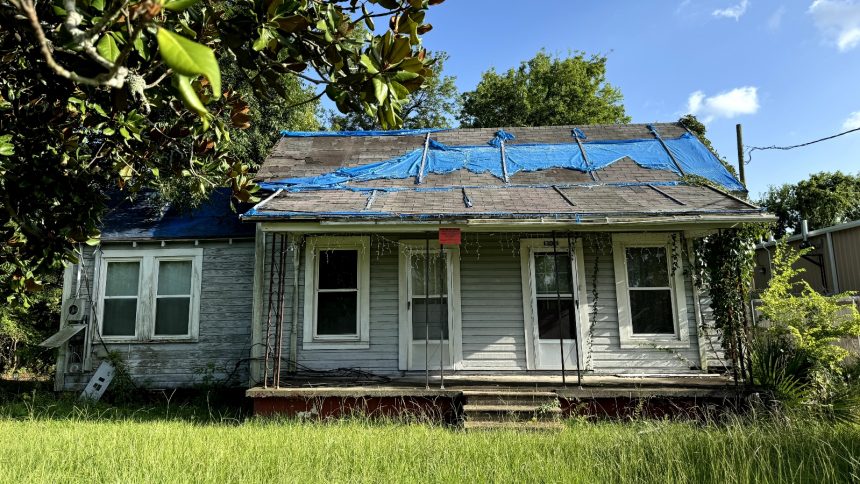This story is part of State of Emergency, a Grist series exploring how climate disasters are impacting voting and politics. Published with support from the CO2 Foundation.
It has been four years since Hurricane Laura hit southwest Louisiana, just shy of Category 5 status. The fierce storm brought over 10 feet of storm surge, followed by Hurricane Delta, a Category 2 storm, six weeks later. The region also faced a deadly freeze, spring floods, and other disasters. Despite these challenges, Lake Charles and Calcasieu Parish have received significant federal aid, with signs of economic recovery beginning.
However, amidst the physical and economic recovery from the storms, Lake Charles faces a population loss of around 7%, mostly due to out-migration after the storms and during the COVID-19 pandemic. This loss, exacerbated by damaged affordable housing, has led to the region losing a higher percentage of its population than any other city in the U.S. This movement of people has political implications, affecting district lines, representation, and resource distribution.
Despite efforts to recover, the recovery process has been uneven, with wealthier and whiter areas seeing quicker progress compared to majority-Black neighborhoods. The city’s recovery efforts have also been hindered by complications related to property ownership and access to federal relief funds.
As Lake Charles navigates these challenges, it serves as an example of the long-lasting impacts of natural disasters on communities. The city is still facing hurdles in rebuilding and attracting back its population, highlighting the need for long-term recovery plans and equitable distribution of resources.






